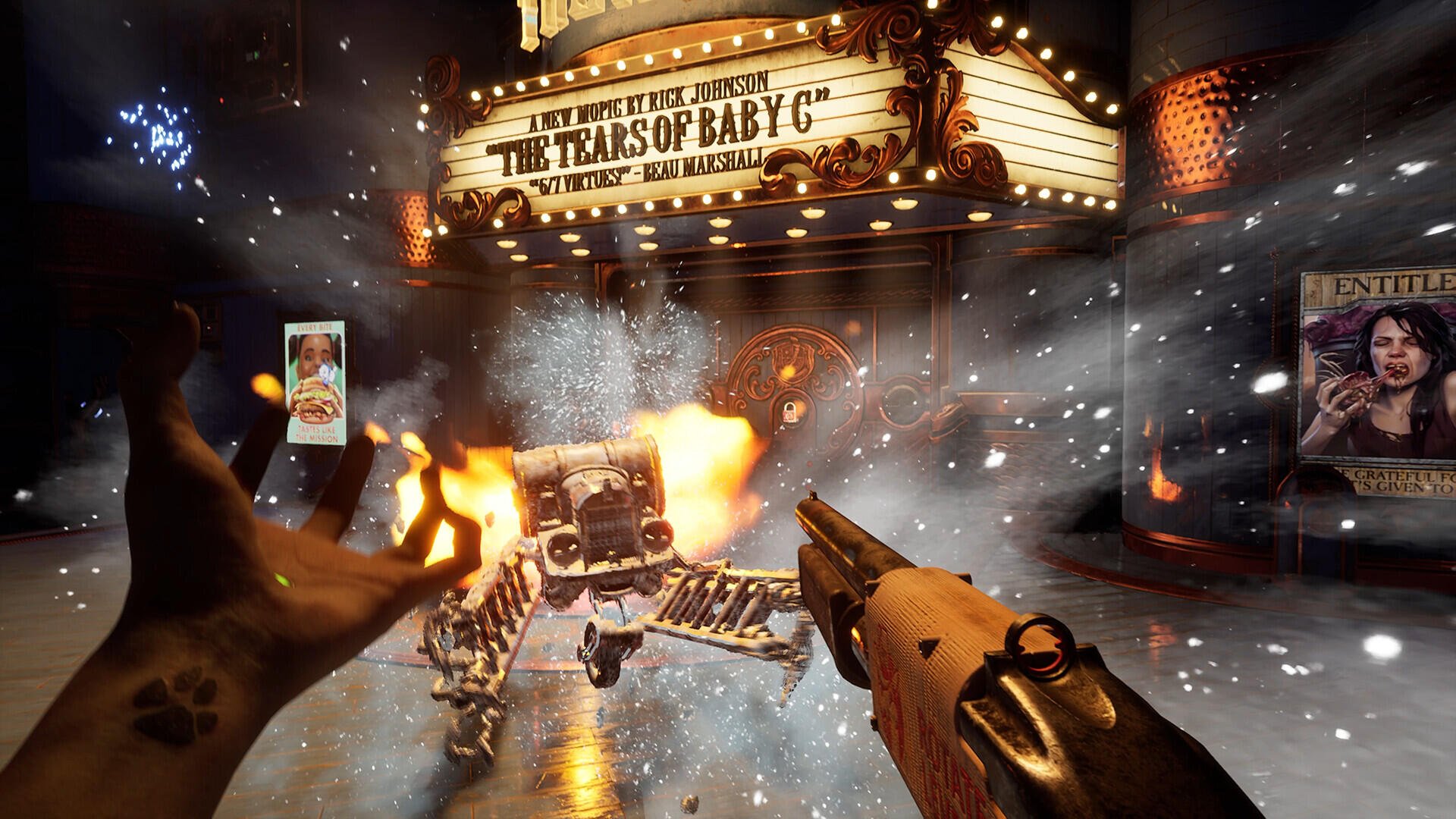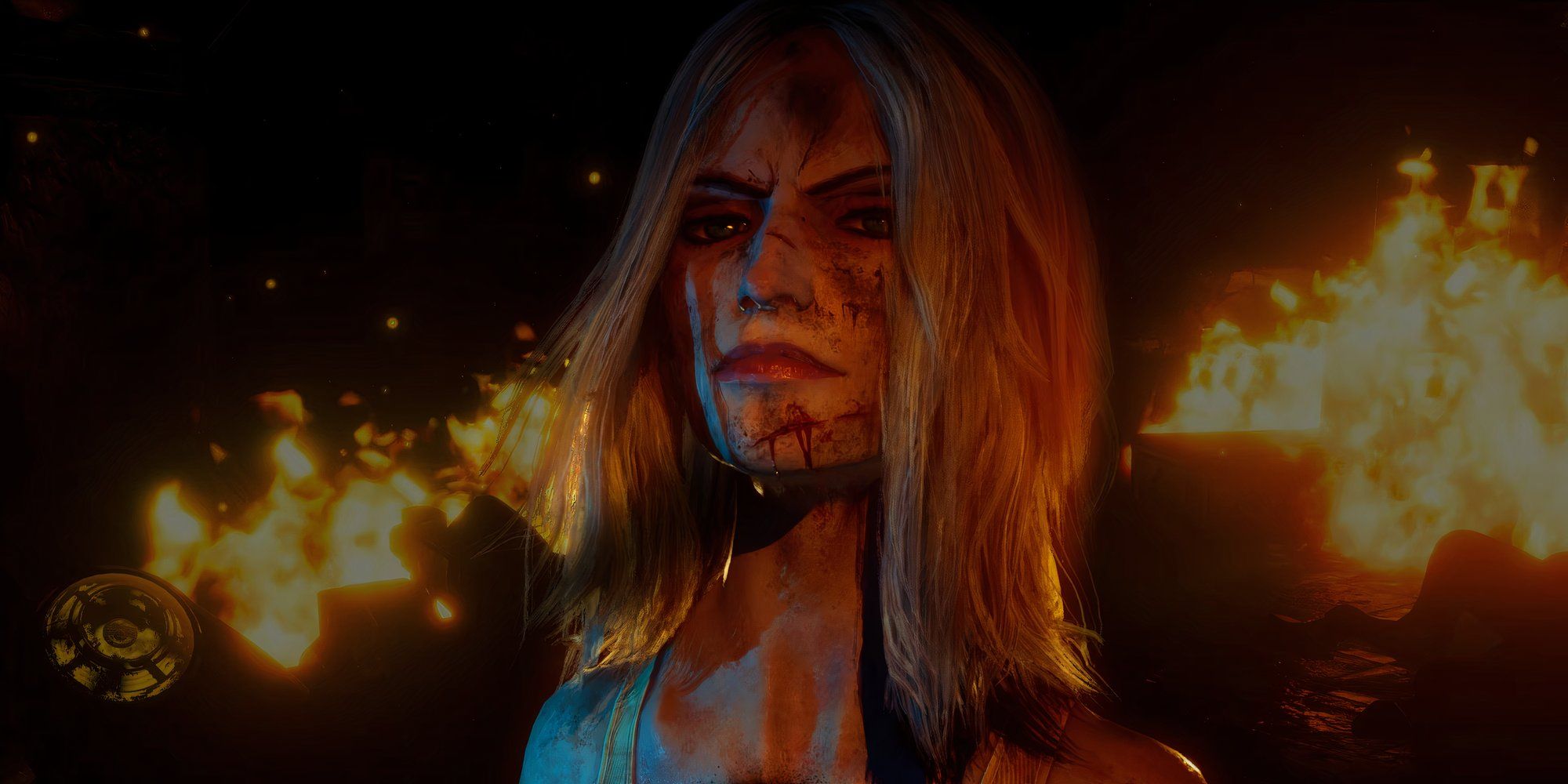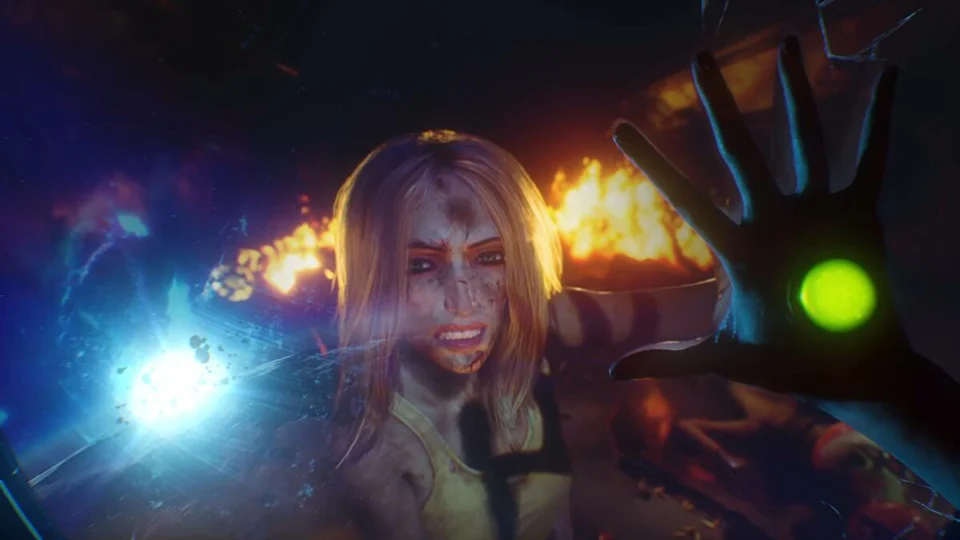The few individuals who have had the opportunity to play Judas at Ghost Story Games’ Boston facilities generally agree: Judas is indeed reminiscent of BioShock but in a space setting. This similarity is evident not only in its gameplay mechanics, which involve ambidextrous control—one hand for trigger actions and the other for using powers—but also in its dystopian, apocalyptic atmosphere that echoes Ken Levine’s previous works. However, those who have played Judas at 5 AM note that it extends beyond these similarities, pushing creative boundaries further. Ken Levine, the game’s creator and former visionary behind the BioShock series, sought to reclaim ideas he had previously left with 2K Games due to the BioShock license belonging to the American publisher. Nonetheless, for veteran gamers who have followed Levine’s career from its inception, a space-set BioShock is not entirely new; it was called System Shock, a series that Levine significantly shaped approximately 10-15 years before BioShock.
CHOQUE SYSTEM
Certainly, we are not in the 1990s anymore; things have changed, and so has Ken Levine’s approach to his work. According to journalists who have played this game titled ‘Judas,’ what sets it apart from the BioShock series is that Levine chose to incorporate a roguelite element into the storytelling. This decision surprised those present at the event. The game’s structure revolves around procedural generation, which is used to reconstruct the Mayflower space station, where the character of Judas develops. Similar to the PS5 game Returnal, which redraws its map upon the player’s death, each death in Judas impacts the scenario as well. Essentially, with each character death, the environment changes. The narrative begins with a young woman returning to life through 3D printing technology designed to recreate organic beings entirely. Each resurrection is painful for her, forcing her to recall past events while understanding that the spaceship has changed every time. This differentiates the game’s environments from those of Rapture and Columbia in BioShock 1 and BioShock Infinite. The entire game takes place on this space station, but procedural generation ensures a continuous sense of renewal with each character respawn.
In the game, players will encounter Scutty, a giant robotic dog that uniquely houses a command center within its head. By accessing this command center, Judas can navigate different areas of the ship more easily through a form of fast travel. Upon arrival at these new locations, which are procedurally generated, players find themselves in environments that are both novel and familiar as the game selects recognizable elements from the spaceship and modifies them accordingly. Journalists who played for five hours report that this system functions seamlessly, with the environments feeling authentic, natural, and coherent rather than artificially constructed by AI.
TELL ME A STORY
Another significant aspect of the game’s storyline is that Ken Levine decided to involve three protagonists who accompany Judas for narrative purposes. These characters are Tom, the head of security on the ship responsible for its spacecraft safety, voiced by Troy Baker (who previously voiced BioShock Infinite’s Booker DeWitt); Nefertiti, a Nobel Prize-winning doctor aiming to create a complete civilization of flawless robots free from human imperfections; and Hope, who seeks a way to erase herself due to an existential crisis over her own existence. However, she cannot do so because, like the T-800 from Terminator, she lacks the ability for self-destruction. In summary, three distinctive characters who will accompany, guide, or sometimes mislead the player throughout the game.
Tom and Néfertiti are married, and Hope is their adoptive daughter, forming a family of three. In the game “Judas,” players must choose to align with one of these three characters, each choice leading to different consequences. For example, supporting Tom could upset either Hope or Néfertiti, and vice versa. At GDC 2024 in San Francisco, Ken Levine discussed how this approach aims to advance narrative games by allowing for more flexible storytelling, akin to rearranging LEGO bricks. Procedural generation has already influenced certain aspects of game design, such as structure and progression. Levine envisions this technique will further evolve the video game industry.
The game Judas presents itself as a unique offering, providing distinct experiences for each player. This is due not only to its structure, which relies on procedural generation in levels but also because the choices made regarding interactions with the three main characters will have an impact. In fact, Tom, Néfertiti, and Hope appear as interactive holograms within the environments, accompanying players throughout their adventure. Similar to Johnny Silverhand in Cyberpunk 2077, these hologram interactions are not limited to posed moments or cinematics; they are present during in-game action phases as well.
PROCEDURAL ROGUELIKE
In terms of gameplay for Judas, it has been outlined that the game will initially focus on resource management rather than relying solely on shooting. While the game will certainly include action with firearms and combat abilities, ammunition is intentionally scarce, necessitating a melee combat system as compensation for limited weapons and ammo. This approach bears similarities to Atomic Heart. The design allows players multiple methods of eliminating enemies beyond just using guns. As expected, there is a BioShock influence evident, featuring a gun in the right hand and abilities in the left. Additionally, environmental factors such as electrifying multiple enemies when water is present on the ground are taken into account during gameplay.
You have understood it: Judas rings like a BioShock in space, with its procedural generation concept woven into the game’s structure, gameplay, and story. Will Ken Levine once again reinvent the wheel as he did with his ambidextrous FPS gameplay decades ago? We’ll find out soon enough…
Have any thoughts?
Share your reaction or leave a quick response — we’d love to hear what you think!



